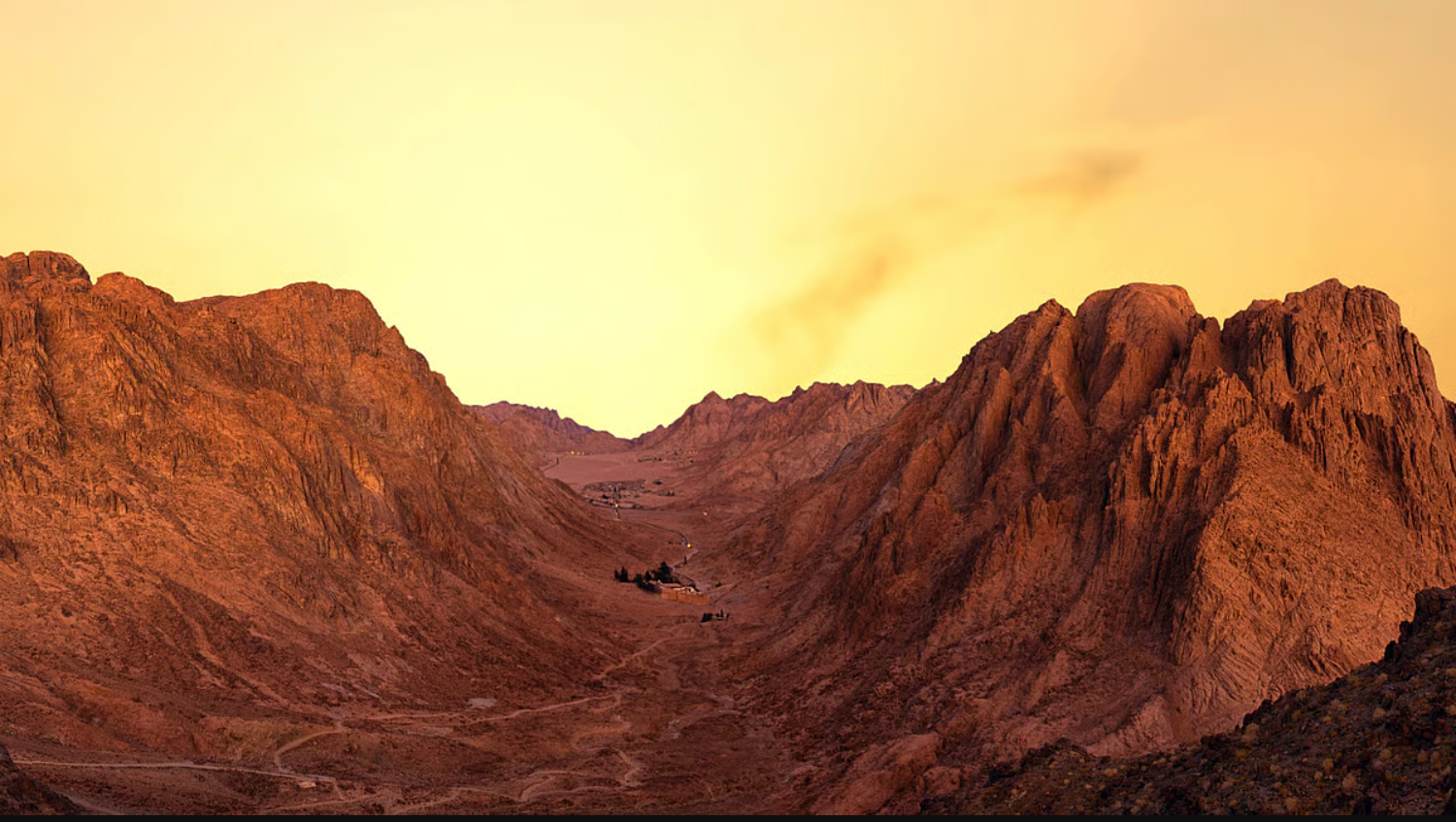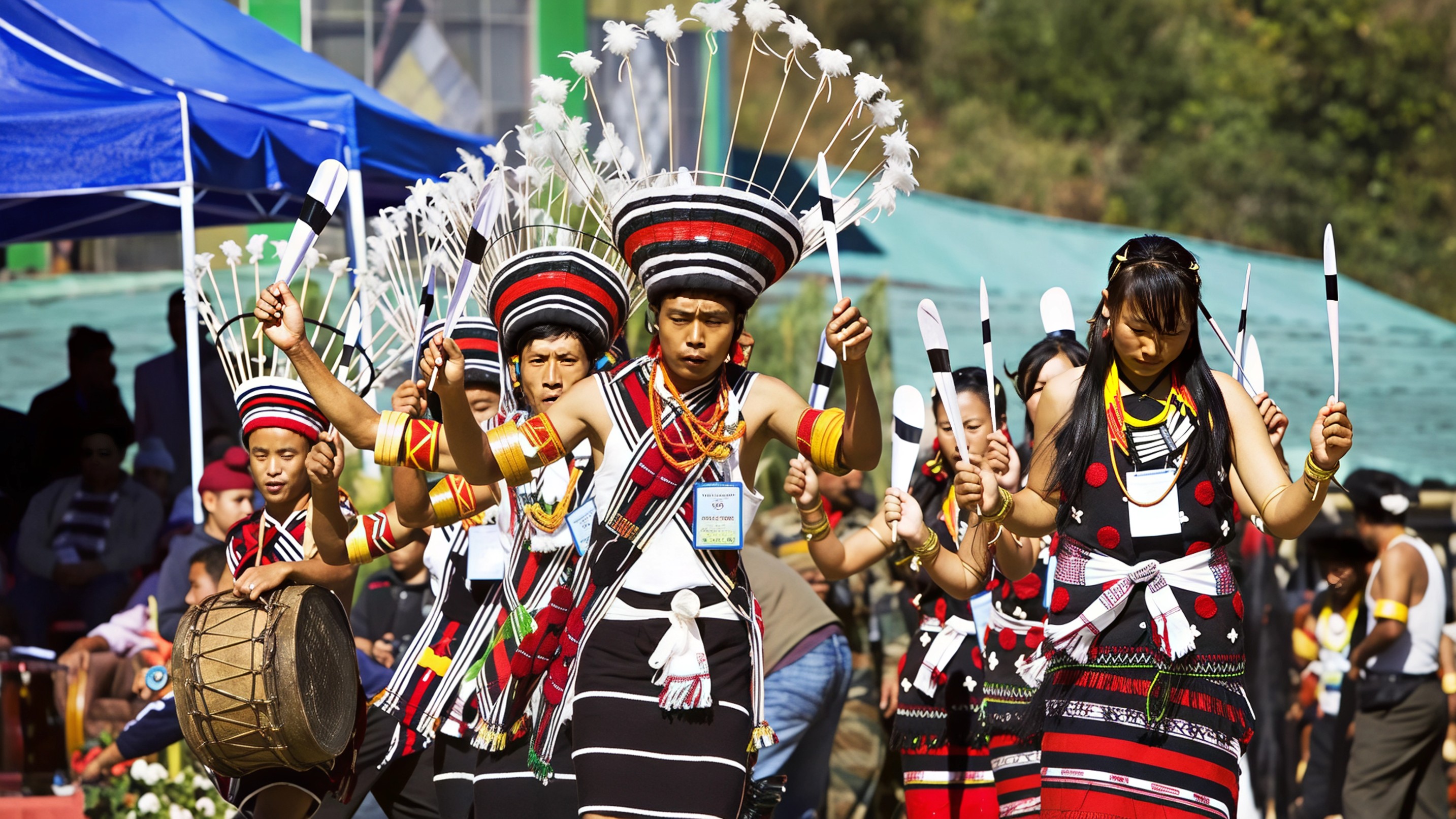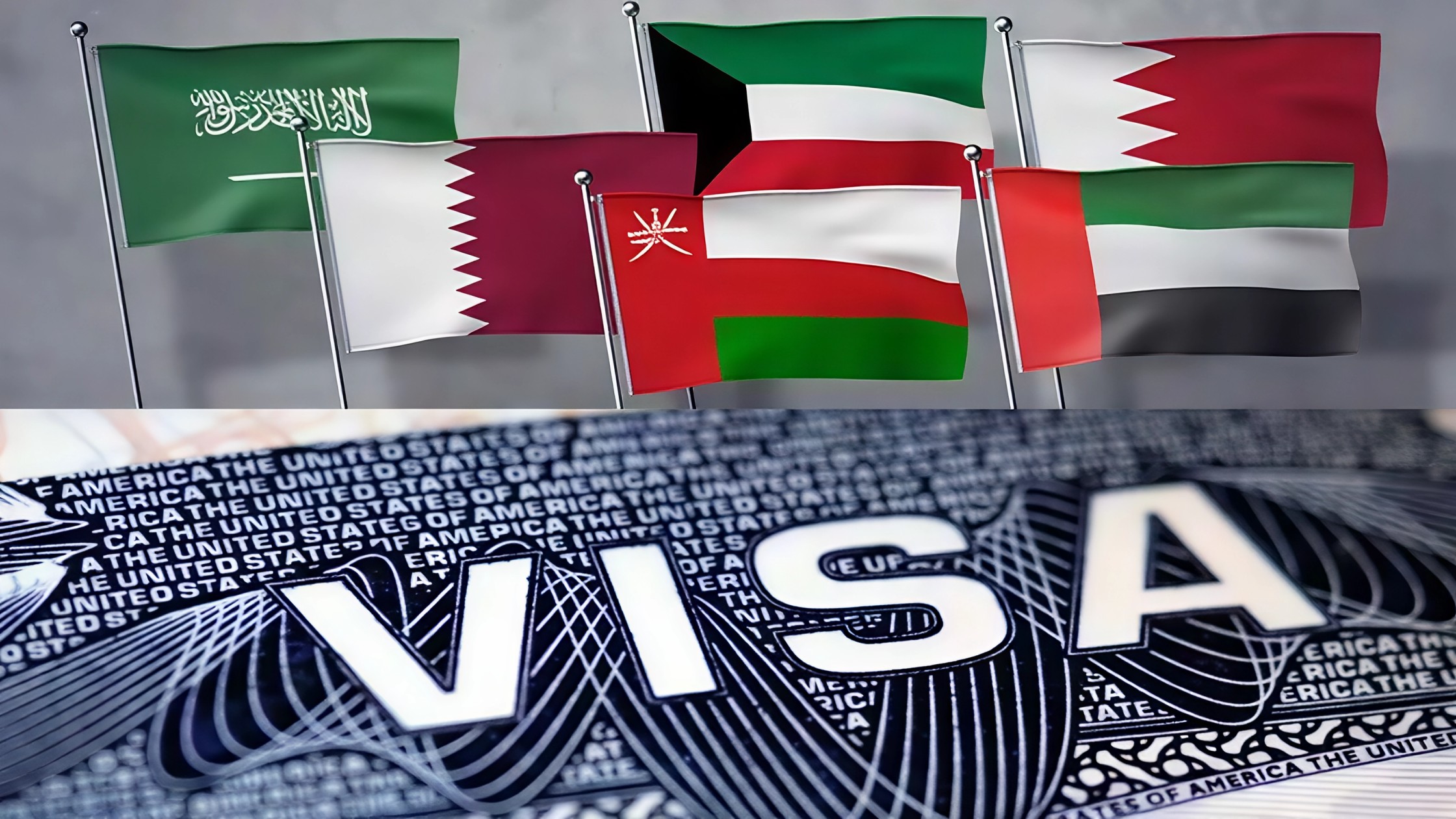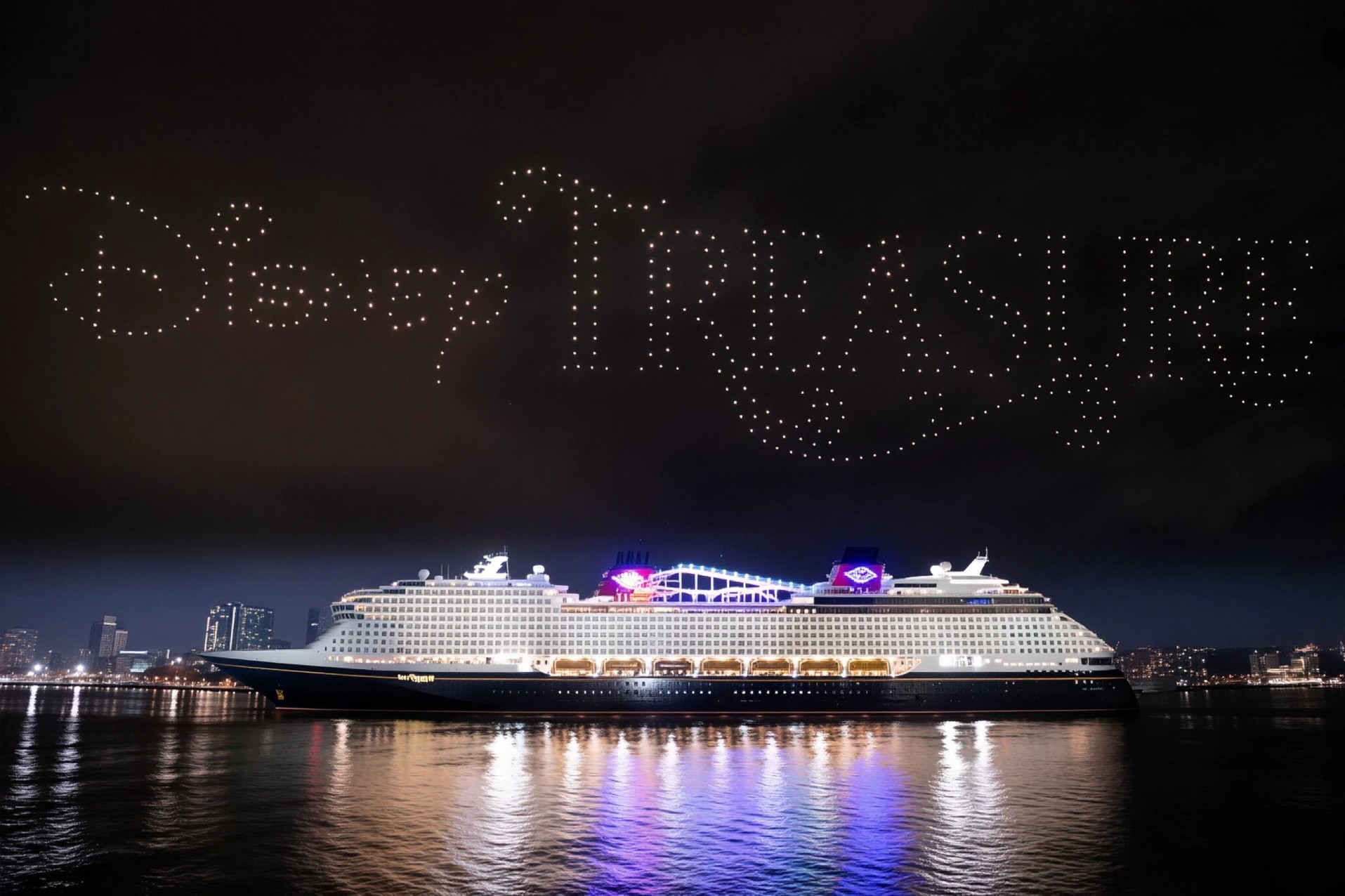The Sinai Peninsula, known for centuries as a place of prophets, monks, and pilgrims, is now at the center of Egypt’s boldest tourism venture. The government has announced the Great Transfiguration Project, a luxury mega resort that aims to transform the region surrounding Mount Sinai and the historic St Catherine’s Monastery into a global tourism hub.

The plan includes lavish hotels, private villas, fine dining, shopping promenades, and even a cable car to the mountain’s summit. Officials believe this development will elevate Sinai from a pilgrimage destination into a luxury retreat capable of attracting over one million visitors annually, a dramatic increase from the current one hundred thousand. For a country seeking to strengthen its economy and attract foreign investment, the appeal is undeniable.
A Sacred Landscape Faces Transformation
Mount Sinai holds immense spiritual importance across Judaism, Christianity, and Islam. It is revered as the place where Moses received the Ten Commandments, while St Catherine’s Monastery, built in the sixth century, is recognized globally as a UNESCO World Heritage site. The Egyptian government envisions this sacred landscape as both a center of worship and a new epicenter of hospitality and leisure.
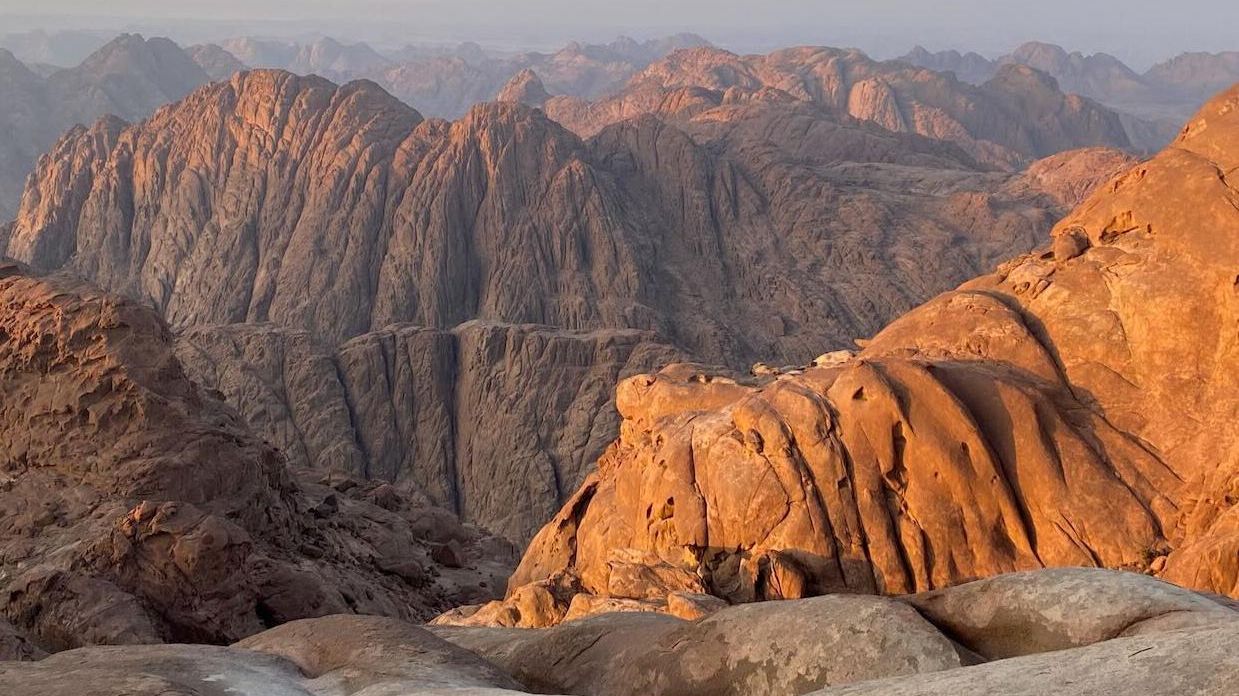
Yet this vision has sparked controversy. Heritage experts and local communities warn that the development risks erasing the unique identity of Sinai. The Jebeleya Bedouin, who have lived as guardians of St Catherine’s Monastery for centuries, claim they are being displaced. Reports suggest that eco-lodges, homes, and even cemeteries have been demolished to make way for infrastructure, with little consultation or dialogue. For many, the sense of belonging to the land is being overshadowed by commercial interests.
Global Concerns and UNESCO’s Watch
International reactions have been swift. Conservationists argue that turning Mount Sinai into a luxury tourism destination undermines its authenticity and spiritual silence. There are calls for UNESCO to intervene and consider adding the site to its “in danger” list to protect its heritage value.
Greece, which shares strong religious and cultural ties with St Catherine’s Monastery, has expressed concern and sent envoys to monitor the situation. The issue has now moved beyond national policy to become a matter of global heritage stewardship.
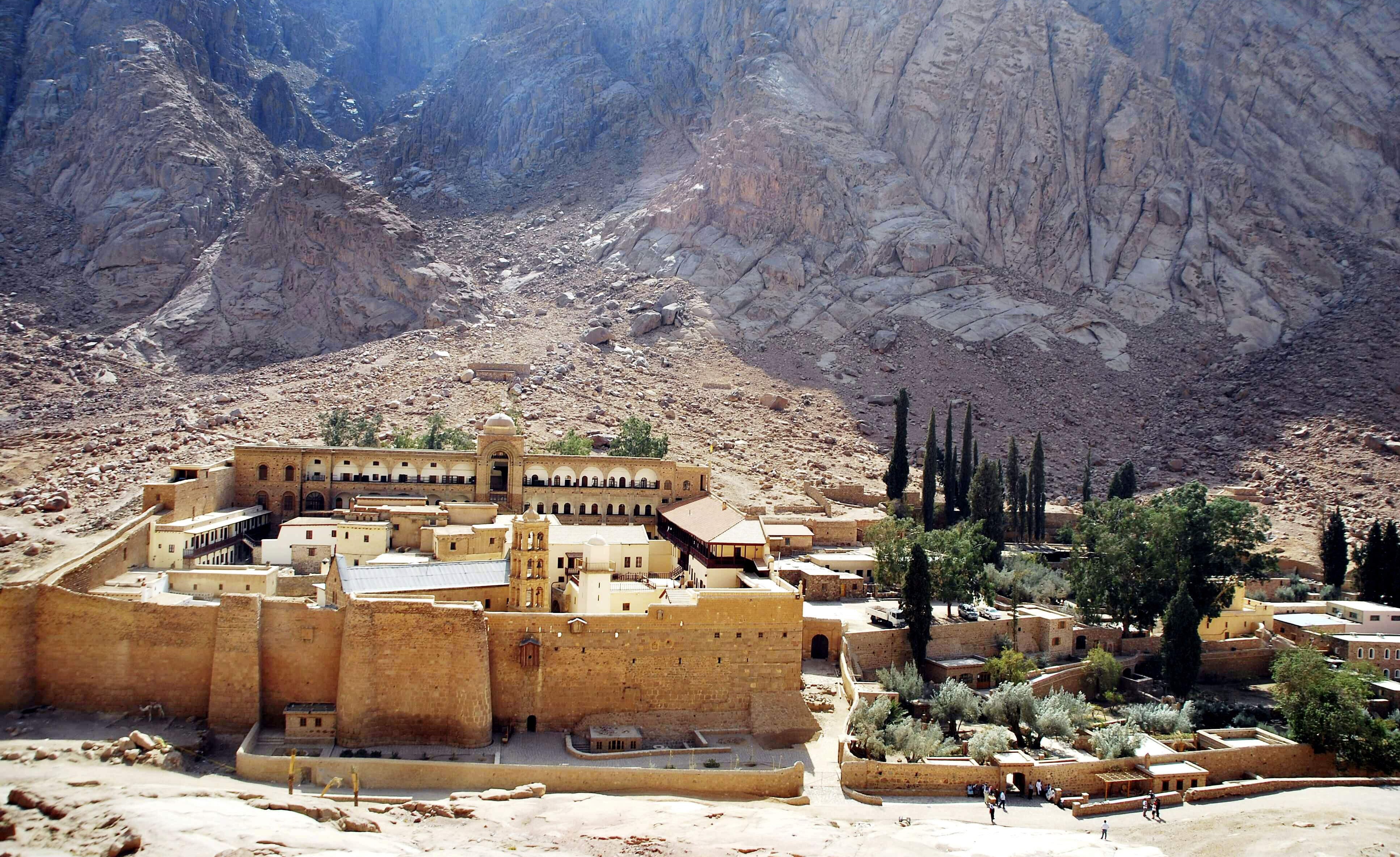
The Larger Tourism Strategy
For Egypt, however, the Sinai project is part of a broader effort to reshape its global tourism brand. Alongside billion-dollar coastal resorts and new partnerships with international investors, the government is betting big on luxury infrastructure as a driver of economic revival. Supporters argue that without such bold moves, Egypt will struggle to compete in the global travel market.
Critics counter that in chasing numbers, the country may sacrifice what makes Sinai extraordinary. The quiet desert, the unbroken spiritual traditions, and the living culture of the Bedouin are what draw travelers seeking more than luxury. Replacing these with mega hotels and tourist infrastructure could permanently alter the very essence of the region.

The Crossroads of Future and Faith
Mount Sinai has long been a symbol of spiritual revelation, reflection, and timeless tradition. Today, it stands at another crossroads—between heritage and development, between preserving silence and chasing scale. Whether the Great Transfiguration Project becomes a beacon of prosperity or a cautionary tale of overdevelopment will depend on how Egypt balances growth with respect for history.
For now, the debate continues, echoing across desert valleys, international forums, and among travelers who wonder whether the Sinai of tomorrow will still hold the same sacred meaning it has for millennia.
Follow Travel moves on Instagram and Facebook for more stories, insights, and updates on global technology, culture, and the future of travel.

